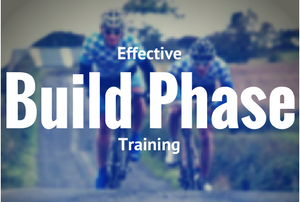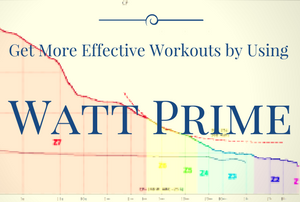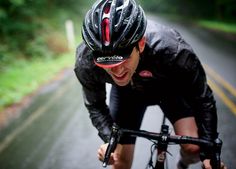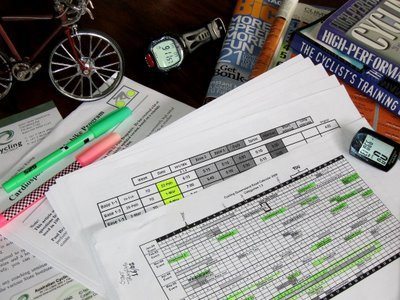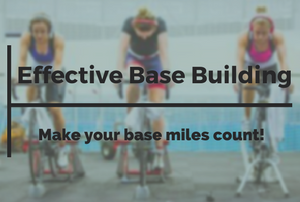Warning: A non-numeric value encountered in /home2/robdaman/public_html/tailwindcoaching/wp-content/plugins/fusion-builder/inc/lib/inc/functions.php on line 907
Warning: A non-numeric value encountered in /home2/robdaman/public_html/tailwindcoaching/wp-content/plugins/fusion-builder/inc/lib/inc/functions.php on line 908
Here you can find all the back editions of the Tailwind Coaching Cycling Podcast. Feel free to peruse these archives or head over to iTunes to find and rate the show. Each rating helps to move the Tailwind Coaching Podcast up through the ratings, improving it's reach. The more people I can reach, the more people can get these free tips on riding stronger and faster, and having more fun doing it.
If you enjoy the podcast and want to say thanks, consider doing your Amazon shopping through my affiliate link. It costs nothing to you and helps support the Tailwind Coaching Podcast.
Shop at Amazon.com and support the Tailwind Coaching Podcast
Effective Build Phase Training (Podcast #55)
Do you wish you could get more cycling prowess out of your build phase training?
So do a lot of riders.
Here's a short backstory: A while back I released a podcast discussing how you can get the most out of your base training by throwing out much of the old school rhetoric and focusing on new school science. That podcast has become one of my most popular podcasts to date, sparking questions about everything from workout frequency to using High Intensity Training to rocket your fitness up during the base phase. It didn't stop with the base phase either: people started asking how to turbocharge their build phase training too.
So by popular demand, this time, I'm going to tackle the build phase of your training plan. Again, the name of the phase sort of gives away the goal behind it: to build fitness in an exponential way. However, fitness is a tricky thing: there's general fitness (for you power meter users, that's the CTL on the performance management chart) and there's situation specific fitness such as climbing ability, sprinting ability, 3 minute power, etc etc (which can all be tracked if you're training with power). Many athletes are happy with going out and doing the same old rides, watching their “fitness” (really, they're seeing an increase in CTL) steadily climb. Then they register for a fondo, race or event and fail to meet their expectations.
Why?
Because they didn't train their weaknesses, nor did they build specific fitness to conquer their goals.
In this episode of the Tailwind Coaching Podcast, we'll cover that and more. Show notes and links are available after the jump:
Coaching: W' Power And Effective Workouts (Podcast #54)
What is W’?
W' is the brain child of Dr. Phil Skiba. He describes W' as the amount of work (in joules) that an athlete can perform ABOVE their Critical Power. Critical Power, or CP for short, is essentially the power a muscle can provide without fatiguing significantly. It is similar to functional threshold power, but there are a few differences on the physiological level. For the purpose of this podcast, we'll consider CP and FTP to be the same since they are numerically quite similar.
Essentially, W' is a measure of energy, specifically a measure of Anaerobic Work Capacity, or how much anaerobic effort an athlete can put out before fatiguing to exhaustion. If you look at the chart above, you'll see a black line drawn through the power curve. Although this represents an effort during a workout, it perfectly illustrates W'. Everything below that black line would be considered aerobic work that can go on for a LONG time. Everything above that line would represent W'.
As a clearer description, Dr. Skiba has likened W' to a battery in the past. He has suggested that each effort above CP/FTP causes your battery to drain a little bit. Once you let off the gas and drop below your CP/FTP, your battery begins to recharge. Unfortunately, the recharge is slower than you think, especially the harder you work UNDER your CP/FTP. So it follows that if you burn your battery up, and then continue to perform just below your CP/FTP, your battery will recharge VERY slowly. All the energy that would go into recharging your battery is going to power your performance.
Once you've expended all of your W', it's game over, you blow up and you're done for the time being.
There are some hypotheses about what causes W' to recharge and what happens when we expend all our W'. Those are for another podcast, where we'll talk about how to possibly improve W' recharging, but for now, we'll deal with the practical application of W' using Golden Cheetah.
Check out the video podcast for some information on W' and how you can use it to interpret your training (assuming you're training using something like a Stages Power Meter.)
wprimevideo from Rob Manning on Vimeo.
Podcast: Play in new window | Download (Duration: 36:15 — 183.8MB)
Subscribe: RSS
5 Secret Tips For Huge Gains This Season – Podcast #53
Do you have big goals this season? Are you trying to break a gran fondo PR or win your favorite race? Are you stuck on how to make this season your best season on the bike? A lot of the cyclists I talk to have ambitions such as those I mentioned, but they don't necessarily know to go about achieving them. They keep on doing the same things they've done for the past couple of seasons and hope they will magically find more fitness than they did before. This approach is how Einstein defined insanity: “Doing the same thing over and over again and expecting different results.”
I've got a few tips and tricks to help you make that leap from a “good season” to a “great season”, and I'm going to share them in today's podcast. Check out the show notes, links and episode guide after the jump:
Analyzing Your Cycling Season (Podcast #52)
If you don't know the strengths and weaknesses of your fitness, how can you possibly begin to work on them? If you don't analyze your season, how can you possibly know your strengths and weaknesses? Sure, you can probably guess at those strengths and weaknesses and you might get some of them right, especially the glaring ones like “I can't climb too well”. Some other weaknesses aren't as obvious, and guessing at your fitness strengths and weaknesses, training blind and then hoping for the best is a ticket to failure, or if not failure, sub-optimal performance in races, group rides and fondo rides.
It should sound obvious that you need to do some evaluation of last season's failures, but you should also evaluate your successes so you can improve upon your best performances. In this episode of the Tailwind Coaching Podcast I'll discuss some tricks for what went right and what went wrong last season, along with why you're reviewing your season now and how to change your training in the coming months.
Click through for show notes and more information:
Effective Base Building (Podcast #51)
When you hear the term “cycling base training” many of you think of cycling base training, involving long slogs through frozen tundra and icy winds. Those of you who are racers or competitive fondo riders may believe that the necessary base miles for competitive cycling are long, boring and low intensity, with little variety. Other, more recreational riders may think about watching the Tour de France while they spin away on the indoor trainer for a couple hours per week, hoping to get a jump on their group riding buddies. I've got a newsflash for you: those impressions are OLD SCHOOL and couldn't be further from the truth.
In reality, base training should be taken to it's most primal definition, one that's hidden within the term itself. “Base training” should be the activity done to build a solid BASE for your future fitness, both on and off the bike.
Just like the base of the human body is the core (everything attaches to it, everything works through it, so it's the true base of the body), the base of your fitness involves the core and everything contained within it, including your heart, lungs, and cardiovascular system. As an extension of your core, your legs have something to do with this too. Since they're the stems that attach your core to your pedals and they are important to build a base of fitness for as well. So it's not just accumulating saddle time that should be your focus (although you really do need saddle time), but what you do WHILE accumulating saddle time.
In this episode of the Tailwind Coaching Podcast, I'll talk about the importance of base training and how you can be more effectively base training than you are now.
Read more after the jump, including:
